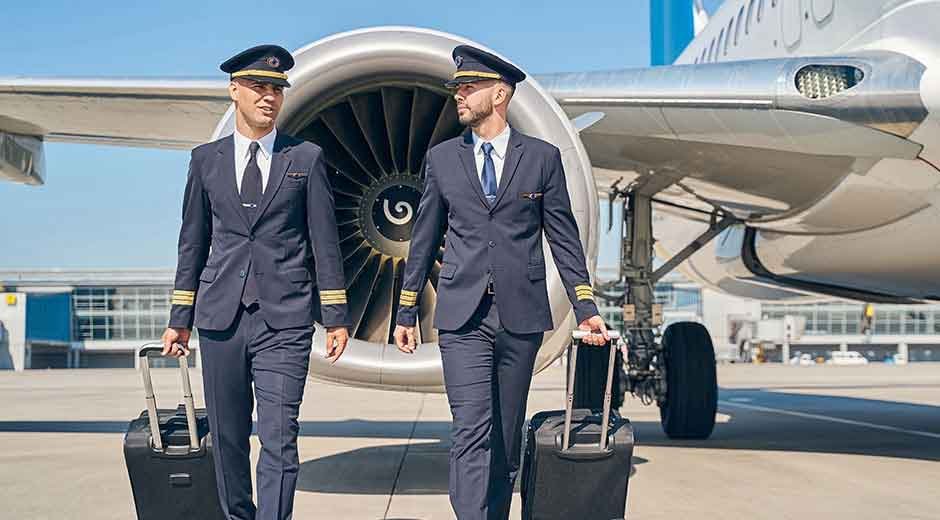The life of a commercial pilot usually involves visions of traveling and adventure. However, behind the cockpit door lies a complex career with its own set of challenges and responsibilities. Here is an in-depth look at this impressive profession, including some surprising things you will do as a pilot.
Unpredictable Schedules
One would imagine that pilots have routine shifts because they know what time they fly each day. However, their schedules are rarely consistent. Pilots often are on duty at odd hours, such as weekends and holidays. Assignments to flights, especially around such times, differ enormously and change at a notice of 24 hours because of changing weather and operational requirements. This uncertainty calls for flexibility and adaptability—essential qualities for anyone flying the friendly skies. Hence, the life of a commercial pilot is dynamic, and pilots must stay resilient and patient.
Pre-Flight Preparations
Pilots do extensive groundwork before they take off. These tasks include reviewing flight plans, weather conditions, and aircraft performance data. Joint briefings with crew members are held to communicate flight procedures and security protocols. A safe and successful journey requires thorough preparation, emphasizing the detail-orientated nature of a pilot’s job.
A Focus on Safety
Safety is a priority in aviation. Pilots are responsible for maintaining the required level of safety in every flight. They conduct routine aircraft inspections and system checks and communicate with air traffic control. Moreover, pilots continuously train on the newest safety procedures, which shows that they genuinely ensure the safety of passengers.
Navigating the Unexpected
Air travel is a precise and planned operation, yet some instances are beyond anyone’s foresight. From minor turbulence to technical malfunctions, pilots must know how to handle the unexpected. So, in these moments, making quick decisions with a calm head plays a key role. This ability to navigate unpredictability highlights the risks of living a pilot’s life.
Dealing with Jet Lag
As pilots constantly fly through different time zones, many suffer chronic jet lag. This phenomenon affects sleep patterns and overall well-being. It is vital to prioritize managing fatigue with strategic resting and self-care. Recognizing the body’s needs and employing coping strategies enable pilots to remain alert and perform well on duty.
Building Camaraderie
Pilots rely on friends at work to function as a cohesive unit. This leads to deeper connections beyond work that contribute to a sense of community within the aviation world. The connections they build through shared experiences are invaluable.
Balancing Family Life
As with many pilots, it can be challenging to balance the number of days flying and the time spent at home with family. Leaving the house for long periods can hurt bonds with family and friends. Layovers are essential to maintaining effective communication or spending quality time strengthening these connections. While pilots balance demanding schedules, they endeavor to put family first and cope with the challenges of maintaining personal and professional commitments.
Continuous Learning
Technology within aviation moves fast, and a dedication to lifelong learning is required. Pilots continue to educate themselves to learn new systems, new navigation equipment, and changes in regulations. Their dedication to knowledge gathering guarantees that they have the skills to handle the changing requirements of the field. Learning is a never-ending process through which they develop their skills and strengthen their love for flying.
Experiencing Diverse Cultures
One of the most rewarding aspects of a pilot’s career is exposure to different cultures. Pilots travel extensively, introducing them to many new places, expanding their worldview, and helping them grow. Whether it is getting a taste of local cuisine or visiting historical places, every experience encapsulating different cultures allows one to grow and broaden one’s horizons.
Conclusion
Commercial pilot life involves more than just flying. This means adjusting to unpredictable timings, prioritizing passenger safety, managing jet lag, and focusing on continuous learning. Building workplace friendships and balancing work and family are other aspects of this multi-dimensional job. The benefits afforded by exposure to different cultures and their love for flying motivate pilots to do their jobs well. Learning about this often-overlooked side of a pilot’s life helps you appreciate the dedication, perseverance, and grit this career demands.










